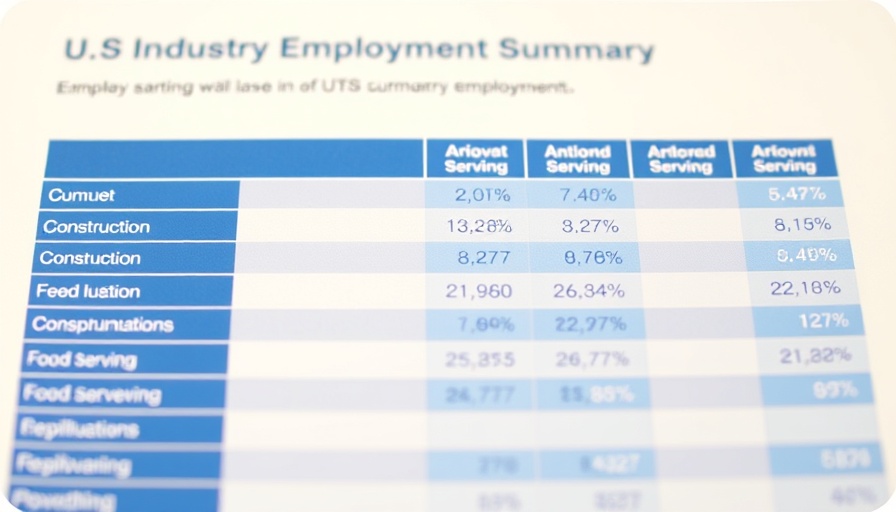
Humanoid Robots: The Future is Here
The robotics industry is poised for a significant transformation, often compared to a "ChatGPT moment" for AI, where rapid advancements in technology are set to revolutionize our daily lives. Humanoid robots, with their human-like features and capabilities, have become a focal point of this transformation. With advancements in artificial intelligence and decreasing hardware costs, these robots are not just a distant vision; they are increasingly becoming a reality.
Exploring Opportunities for Small Business Owners
For small business owners, the rise of humanoid robots presents new opportunities. The significant decrease in manufacturing costs—from a range of $50,000 to $250,000 to just $30,000 to $150,000—means that investing in robotic technology is now more feasible than ever. Businesses can harness these robots for various tasks, from customer service to inventory management, enhancing operational efficiency and improving customer experiences.
AI: The Driving Force Behind Robotics
The integration of AI, particularly generative AI, is transforming the way humanoid robots function. Gone are the days of robots that require meticulous programming; modern AI-powered robots are capable of learning on the fly. They can adapt to various tasks with remarkable efficiency, creating diverse applications that span multiple industries. This shift allows small business owners to implement robots that cater to their specific operational needs.
Imitation Learning: A Game Changer
Imitation learning, a technique allowing robots to learn by observing and mimicking human actions, is revolutionizing how these machines acquire skills. This innovative approach not only accelerates the learning curve for robots but also enhances their performance in real-world settings. As businesses consider adopting humanoid robots, understanding how these machines learn and adapt could significantly impact ROI and operational effectiveness.
Challenges Ahead: What Small Business Owners Should Consider
While the prospects are exciting, small business owners must also consider the challenges associated with integrating humanoid robots into their operations. Issues like workforce acceptance, regulatory concerns, and the initial investment in technology are all critical factors to consider before making a commitment. Additionally, training staff to work alongside these robots will be essential for maximizing their potential.
Real-World Applications: Where Are Robots Making a Difference?
Across various industries, humanoid robots are making strides. From healthcare, where they assist in patient care, to customer service, where they handle inquiries, these robots offer a variety of applications. For small business owners, whether in retail or logistics, the potential to automate tasks and improve service quality could lead to substantial competitive advantages, allowing for greater focus on strategic initiatives rather than day-to-day operations.
Future Predictions: What Lies Ahead for Humanoid Robotics?
The future of humanoid robots looks promising. As technology continues to evolve, we can expect even more intelligent and adaptive machines to emerge. With ongoing research and development, humanoid robots are set to become increasingly integral to everyday business practices. As we look ahead, small business owners who embrace this technological revolution will likely find themselves at the forefront of change in their respective industries.
Integrating humanoid robots into your business could be a game changer, allowing for improved efficiency and enhanced customer interactions. The advances in robotics and AI are reshaping the landscape, providing small businesses with tools to compete in a fast-evolving market. Learn more about how humanoid robots can impact your business strategy.
 Add Row
Add Row  Add
Add 




Write A Comment